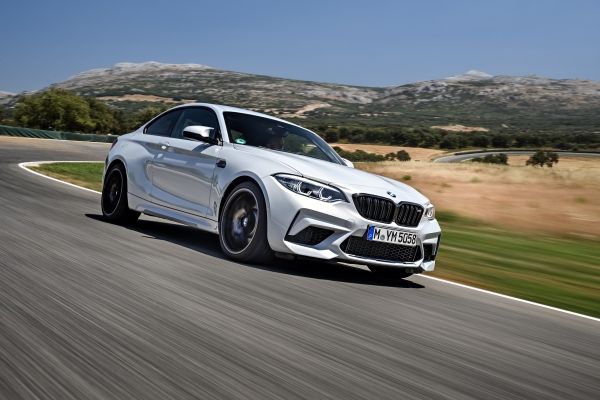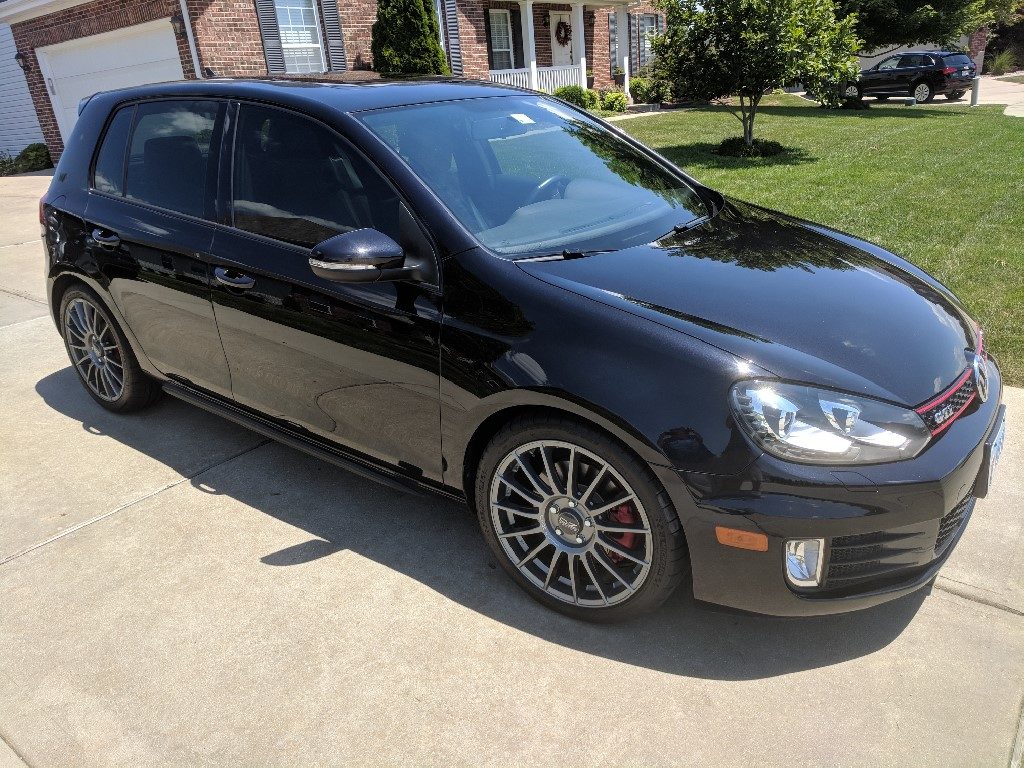For several years I’ve been causally shopping for a high performance car. I’ve test driven a number of fine vehicles from BMW, Audi, and even Lexus, and each experience highlights characteristics I really want in my next car. A recent test drive in a rear wheel drive (RWD) car and the drive home in my current front wheel drive (FWD) car reacquainted me with the joys of driving a RWD car.reminded me why RWD cars are my favorite.
RWD Magic From BMW
Regardless of what anyone thinks of BMW’s current lineup and how they drive, one advantage BMW has in the US market among enthusiasts is still offering RWD cars.
The first, and only RWD car I’ve ever owned, was an E46 BMW 3-series. Seven years and over 130,000 miles behind the wheel left a lasting impression. Every test drive of a RWD BMW reminds me of why I love driving a car with the drive wheels on the rear axle. A recent test drive of a new 2020 BMW M2 Competition served as yet another great example.
The 2020 BMW M2 Competition

You rarely see M2’s in my area and never on dealership lots. Recently, a Hockenheim Silver M2 Competition like in the above photo appeared at a local dealership and I had to take a test drive.
The dealership sales women directed me to some, “good roads”, and told me to drive the car, “as hard as you like.” Music to my years. For over 20 minutes, I drove the car at a safe, yet highly enthusiastic pace down a twisting back road. Each twist and turn was magical as the BMW tamed the road in ways which can only happen in a RWD car.
FWD Cars Can Be Good, Just Not Great
I’ve been daily driving FWD cars for over a decade and managed to also drive some really fun ones like the Focus ST and a Mini Cooper. Auto makers like Ford, VW, Mazda, Mini, and Renault build some great handling FWD cars, but limitations in packaging and weight balance keep them from being truly great.
2014 VW GTI

Driving home in my GTI from the M2 test drive, I noticed many of the traits which makes the GTI great but. I also became very aware of the handling. Besides a summer and wheel and tire upgrade, my 2014 Mk6 GTI is bone stock. The tires alone completely changed the character of the car and greatly improved an already good handling car, but it can never hide the the feel and inherent weaknesses of FWD.
Why RWD Is Better
To start off, yes, I know there is a HUGE difference between a brand new, 400hp, track ready coupe and a 200hp, five year old, enthusiast version of an economy car. However, both are some of the best handling cars for their respective drive trains and clearly demonstrate their unique handling characteristics.
Weight Balance
One key component in creating a great handling performance car is getting the vehicle’s center of gravity as low and close to the center as possible. Moving the center of gravity forwards or backwards greatly changes how a car will handle.
In a FWD car, the engine, transmission and rest of the drive train all sit in the front under the hood. To further complicate things, the engine will often hang out past the front axle pushing the center mass of the car farther forward and away from the center where it belongs. Car manufactures don’t have many packaging options for these critical components due to limited space under the hood. When driving enthusiastically through turns this forward weight bias makes the car feel like it is pivoting around a point somewhere ahead of the driver.
RWD spreads the drive train’s weight along the length of the car. Traditionally, the engine sits in front under the hood followed by the transmission and the differential connects to the rear axle. This layout along with other tricks like relocating the battery to the trunk, allows manufactures like BMW to produce vehicles with a near perfect 50/50 weight balance. Take a well balanced RWD car for a spirited drive down a twisting country road and the unmistakable balance imparts a confidence inspiring feel of stability you simply can’t achieve in a FWD car. The driver is right on the center of gravity and everything pivots around them.
Power Delivery
Which axle receives power from the engine can have just as much influence on driving feel as weight balance.
The front axle in a FWD car does all the work. Not only is it responsible for propulsion, but it must also handle steering duties. In normal driving conditions this isn’t significant, but when pushing the performance envelope issues arise. Under hard acceleration, the weight of a car shifts rearward and reduces the weight over the front axle, reduces grip to the drive wheels, and increases the chance of wheel spin. When cornering enthusiastically, the front wheels are turning and propelling the car, so power must be applied very carefully, or not at all, to prevent them from breaking loose and the car plowing straight ahead in a condition called understeer.
RWD cars divide the driving labor between both axles. The rear axle propels the car and the front handles steering duties. This separation of work along with a much better weight balance creates a much more stable driving platform. Under hard acceleration when weight shifts to the rear of the car, the rear axle loads up and actually increases traction and acceleration. Under hard cornering, since the front axle isn’t delivering power, it is much easier for the tires to retain grip and keep the car pointed in the right direction allowing power to be applied much earlier. Some acceleration can take place coming out of the turn, but the driver must still be careful to avoid oversteer …unless they are trying to channel their inner Ken Block and execute a wicked drift.
Putting It All Together
Combining the weight balance and power delivery advantages in a RWD car creates a platform that is stable when driven hard, yet is also highly rewarding to drive in ways not possible in a FWD car. There are some FWD platforms like my GTI which handle quite well and are a real blast to flog around a track or down a twisty back road. In this driving enthusiasts opinion, the feel of having the car pivot around you in turns and a steering rack that isn’t dealing with propelling the a car creates a driving experience which is far more rewarding regardless of whether you are flogging the car around a track or simply driving for fun.

2 thoughts on “Praising the Rear Wheel Drive Car”